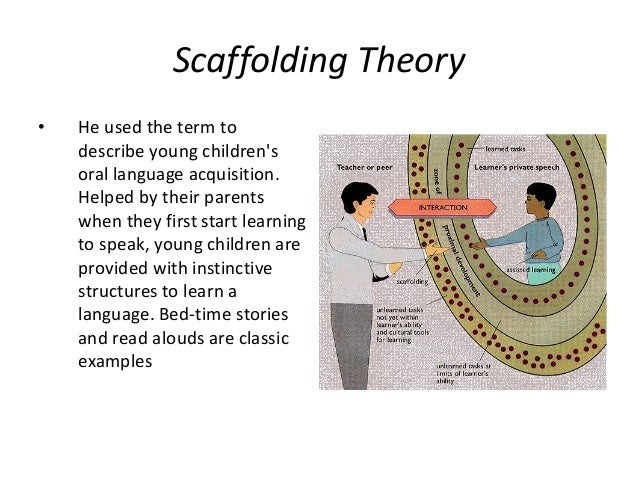

Why Use Scaffold Learning in Your Classroom?

By differentiating instruction, teachers can ensure that all students have the opportunity to learn and succeed. This scaffolding strategy involves providing different levels of support to students based on their individual needs. Differentiated Instructionĭifferentiated instruction is another scaffolding strategy to be used in the classroom. Teachers can make scaffolding more effective and improve learning outcomes by connecting the new material to what students know. Connections to Prior KnowledgeĮducators can help scaffold new material by incorporating it with information that students have already learned. As students show they are ready, you can give them more opportunities to lead their learning. You can do this by providing scaffolded instruction and releasing responsibility to the students. The gradual release of responsibility is a scaffolding strategy that gradually gives students more control over their learning. When encouraging questions, create a safe and supportive environment where all questions are welcome. They allow students to check their understanding, clarify concepts, and get more information. Questions are a part of scaffold learning. When giving feedback, make it specific, positive, and helpful. It also shows them that you are paying attention to their progress. Feedback helps students understand what they are doing well and what they need to work on. Nothing is more important than feedback when using scaffold learning in your classroom. You may also want to give students a chance to share their work with the class. When providing practice opportunities, give students clear instructions and ample time to complete the task. It allows students to apply what they have learned in a safe and supportive environment. Practice is an essential part of scaffold learning. When using visual aids, explain what they are and how Teachers can use them to support learning. Visual aids can take many forms, such as charts, diagrams, pictures, and videos. Teachers can use them to introduce new material, reinforce concepts, and provide support for struggling learners. Visual aids are a great way to scaffold learning. As you think aloud, explain your thought process and why you are making the decisions you are. It also allows you to model different problem-solving methods. This strategy is beneficial because it allows students to see how they think about the situation. Think-Alouds are a type of modeling that involves thinking aloud as you solve a problem. It will help them understand and apply the material in their own lives. After you have modeled the task, give students a chance to practice it.
#Scaffold meaning in teaching how to
When you model a task, you show students how to do it through demonstrations, verbal explanations, or written instructions. Modeling is another scaffolding strategy that teachers can use to introduce new material. Pre-teaching also helps build vocabulary skills, which will come in handy throughout the student’s academic career. When students are familiar with the words they will be using, they can focus on understanding the meaning of the words instead of trying to figure out what they mean. One of the best ways to scaffold learning is to pre-teach vocabulary. Here are some scaffolding strategies that you can use with your students: 1. There are many ways to implement scaffold learning in your classroom.


 0 kommentar(er)
0 kommentar(er)
